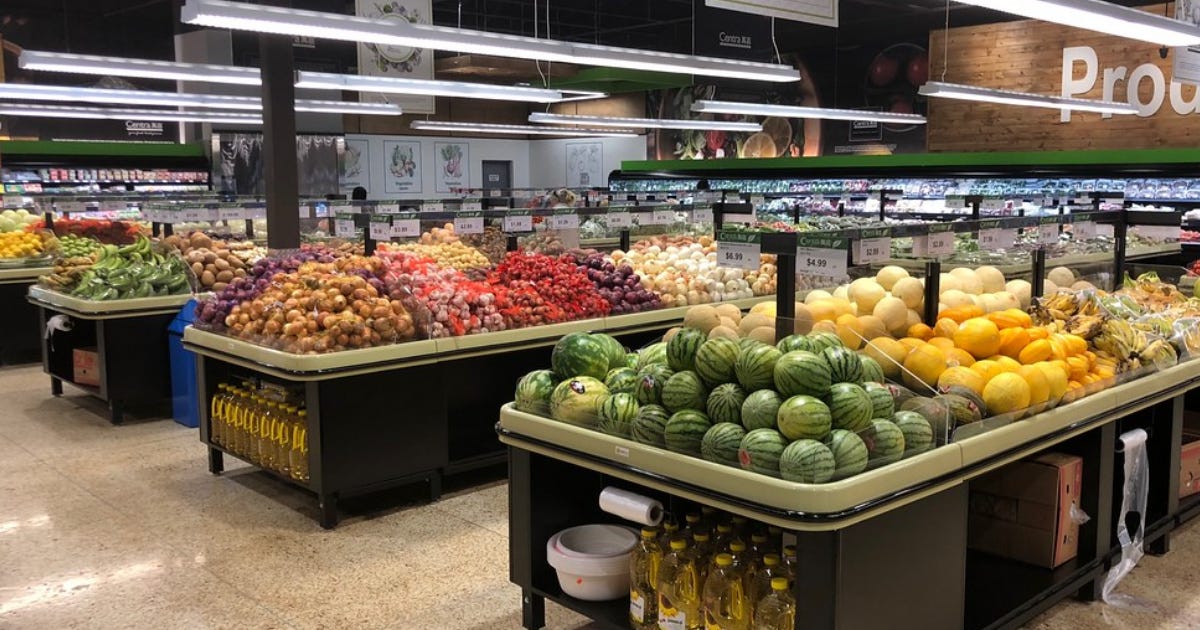Canadians are paying nearly 30 per cent more for food compared to 2020
Canadians are getting gouged by inflation at the grocery store, with food prices skyrocketing 27.1% since July 2020.
Canadians are getting gouged by inflation at the grocery store, with food prices skyrocketing 27.1% since July 2020.
Canada’s Consumer Price Index rose 1.7% annually in July, driven by higher grocery and shelter costs.
Grocery prices increased 3.4% year-over-year in July, up from 2.8% in June. Coffee prices jumped 28.6% due to poor growing conditions, contributing to the overall rise. Fresh fruit prices also increased year-over-year in both July and June, while confectionery costs climbed almost 12%.
Shelter prices rose 3.0% annually, following a 2.9% increase in June, primarily due to natural gas and rent hikes. This marks the first acceleration in shelter prices since February of last year.
“Prices for natural gas fell to a lesser extent in July (-7.3 per cent) compared with June (-14.1 per cent),” reads the CPI report.
“The smaller decline was mainly due to higher prices in Ontario, which increased 1.8 per cent in July after a 14 per cent decline in June.”
Rent increased at a faster annual pace last month, up 5.1 per cent after a 4.7 per cent increase in June.
Prince Edward Island saw the largest increase of any province regarding shelter prices, followed by Newfoundland and Labrador and British Columbia.
Slower price growth in mortgage interest costs helped mitigate the acceleration of shelter prices, with the mortgage interest cost index decelerating annually since September 2023.
However, gasoline prices declined last month.
“Gasoline prices led the slowdown in the all-items CPI, falling 16.1 per cent year over year in July, following a 13.4 per cent decline in June. Excluding gasoline, the CPI rose 2.5 per cent in July, matching increases in May and June,” the report reads.
“Monthly, gasoline prices fell 0.7 per cent in July. Lower crude oil prices, following the ceasefire between Iran and Israel, contributed to the decline. Additionally, increased supply from the Organization of the Petroleum Exporting Countries and its partners put downward pressure on the index.”




How's that "Elbows Up" going for the folks who fell for it?
Thank you ... Although prices have been going up since 2020 in the last few months they have hit new heights along with brand new shortages and disappearances of many things from the USA that we took for granted.
For that we not only thank the "Elbows Up" crowed, Carney and the likes of Doug Fraud but the others who decided that America is all bad... Funny ... Courtesy of the aforementioned there are now many Americans who are thinking the same of us.